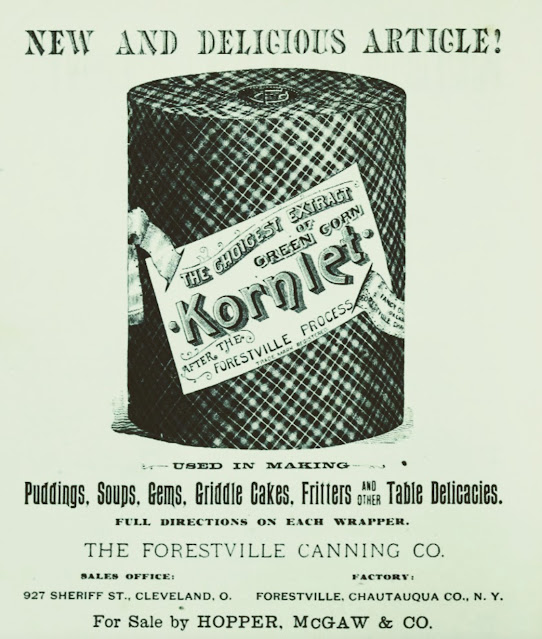Beyond the precision of modern recipes, we also know an unusual amount about Gilded Age eating because for the first time in American history people were regularly publishing menus. That is, they were recording detailed descriptions of meals, including information about which dishes were paired with which, in what order different dishes were eaten, and what time of day people were eating certain foods. Menus show up all the time in Gilded Age sources on food, in descriptions of banquets, in suggestions about how to entertain, and in cookbooks proposing recipe pairings. Menus make clear that meal planning in this era was influenced by the changeable availability of different foods in this era, as reflected in Christine Herrick's seasonal menus, for instance.
But while seasonality still mattered, by the late nineteenth century more and more foods were becoming available year round, thanks to the growing reach and speed of food transportation networks and the expansion of cold-storage facilities. Note, for instance, the Florida oranges, California pears, and other fresh fruits served at one February banquet in Detroit in 1891. National distribution of industrial food products was also changing how Americans cooked and ate. Note how regularly the cookbook authors here assumed readers would have access to brand-name products like Maillard’s chocolate, Cerealine, or Quaker Oats, or how regularly canned goods appeared in these recipes.
For instance, in one of her recipes Fannie Farmer casually called for a can of “Kornlet,” a commercially processed pulp made from the inner kernel of sweet green corn. But the industrialization of the food supply was hardly complete in the Gilded Age. Some items we may think of as exclusively industrial products —like noodles and yeast— would have regularly been made at home in the late nineteenth century, while other products would have been less processed than we would expect: many cooks were still shelling peas and removing spinach roots themselves, for instance, and many still had to singe and pluck pinfeathers every time they wanted to cook a chicken. Sometimes, too, a recipe calling for a can of food was not referring to an industrial product at all, but to food canned at home, as in the Kentucky Housewife recipe for Canned Turtle Soup that was followed by instructions on how to can turtle meat by hand. — From Food in the American Gilded Age, edited by Helen Zoe Veit, 2017
Etiquette Enthusiast, Maura J. Graber, is the Site Editor for the Etiquipedia© Etiquette Encyclopedia

No comments:
Post a Comment
Note: Only a member of this blog may post a comment.